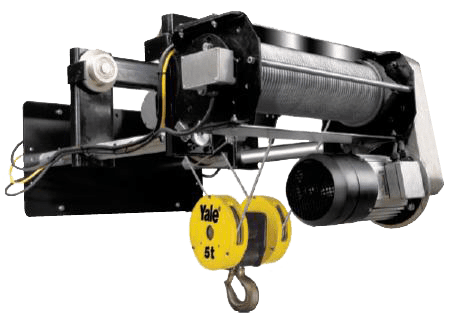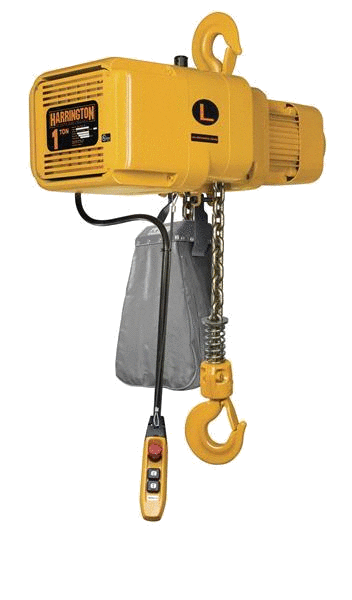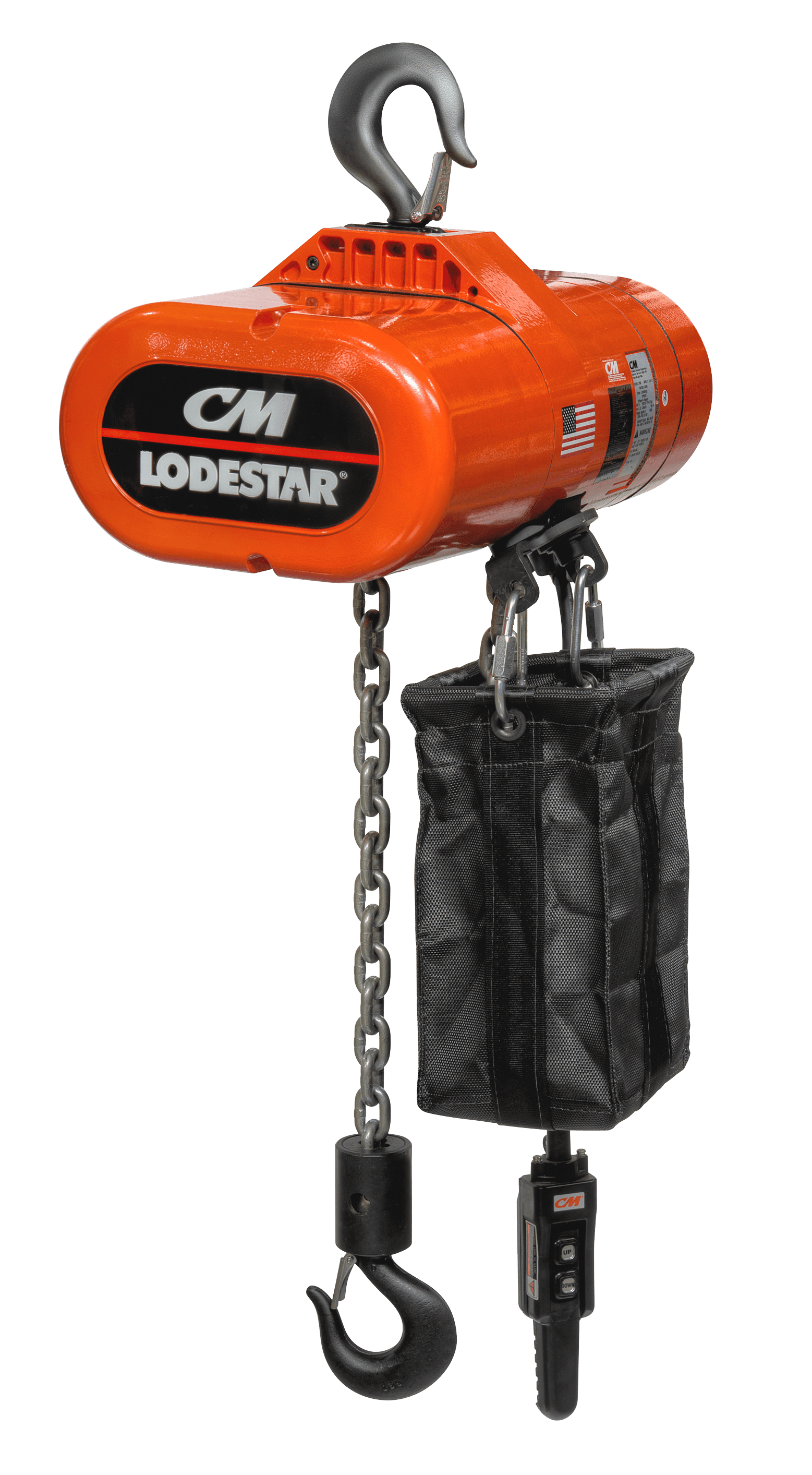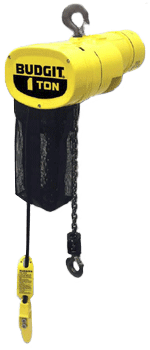Welder Fabricator
Please email applications to Employment@CraneWerks.com
Overview
Responsibilities
Fabricators are responsible for the installation of parts, pieces and elements of the designated project, treatment and repair of metal surfaces to ensure safe usage, and welding to secure fastening for pieces included in the final product. Additional duties include maintaining the shop and equipment used in the assembly process.
Skills & Abilities
Fabricators need strong mathematical and analytic skills to read blueprints and layout work assignments. Understanding structural basics including rigging, welding, erection and reinforcements may be critical to some assignments. The physical demands of the job require fabricators be in good general health with good balance, agility, vision and depth perception. Some job sites may require working on beams and girders, so fabricators should not suffer from dizziness or have a fear of heights. A general electrical knowledge is a plus.
Education
Fabricators are required to possess a high school diploma or GED. Welding certification(s) required.
Job Description
Fabricate, position, align, fit, and weld parts to form complete units or subunits. Follow blueprints and layout specifications, using jigs, welding torches, and hand tools.
**• Study engineering drawings and blueprints to determine materials requirements and task sequences.
- Move parts into position, manually or with hoists or cranes.
- Lay out and examine metal stock or work pieces to be processed to ensure that specifications are met.
- Verify conformance of work pieces to specifications, using squares, rulers, and measuring tapes.
- Tack-weld fitted parts together.
- Remove high spots and cut bevels, using hand files, portable grinders, and cutting torches.
- Locate and mark work piece bending and cutting lines, allowing for stock thickness, machine and welding shrinkage, and other component specifications.
- Hammer, chip, and grind work pieces to cut, bend, and straighten metal.
- Set up face blocks, jigs, and fixtures.
- Set up and operate fabricating machines, such as brakes, rolls, shears, flame cutters, grinders, and drill presses, to bend, cut, form, punch, drill, or otherwise form and assemble metal components.
- Smooth work piece edges .
- Straighten warped or bent parts, using sledges, hand torches, or straightening presses.
- Align and fit parts according to specifications, using jacks, wedges, drift pins, pry bars, and hammers.
- Design and construct templates and fixtures, using hand tools.
- Mark reference points onto floors or face blocks and transpose them to work pieces, using measuring devices, squares, chalk, and soapstone.
- Lift or move materials and finished products, using large cranes.
- Preheat work pieces to make them malleable, using hand torches .
- Erect ladders and scaffolding to fit together large assemblies.
- Install complete crane systems and other structures.






